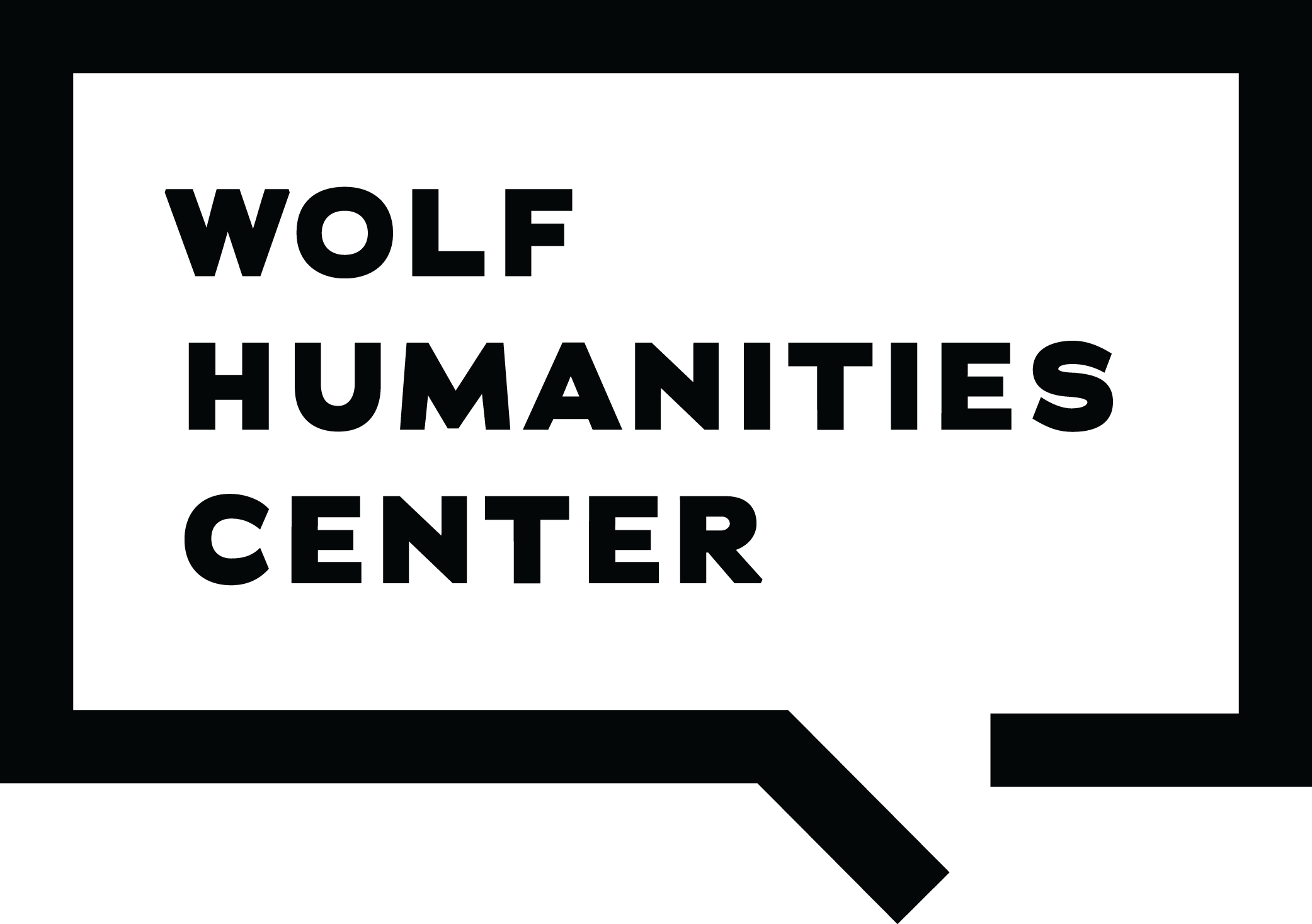Tyler Kliem (he/him/his) is a junior in the College of Arts & Sciences from Hamilton, New Jersey. Majoring in comparative literature and design, his current research interests include Yiddish literature and poetry, typography and print culture, graphic design, and translation. With the Wolf Humanities Center, he is researching the presence and impact of Yiddish book art from pre-war Europe and noting how avant-garde Jewish artists and artist-writers—taking from major art movements of the time, such as German Expressionism—created designs and works that were "poetic" and notably Yiddish and/or Jewish before all else. In his free time, Tyler enjoys interpreting all things Yiddish, digesting visual media, writing eccentric poetry, collecting ephemera and antiques, ideating ideas, designing designs, strolling in cities, wandering through the woods, and making others giggle. He is involved with Alpha Phi Omega and The Daily Pennsylvanian.
Tyler Kliem
Wolf Humanities Center Undergraduate Fellow
2022—2023 Forum on Heritage
Tyler Kliem
Comparative Literature, Design
Blending Poetics and the Avant-Garde: The Constructed Yidishkeyt in the Works of Yiddish Literary and Art Collectives in Europe, 1918–1924
Printing of Yiddish literature, poetry, and prose of early 20th-century Europe was frequently accompanied by illustrations and linocuts. Such Polish- and Russian-Jewish artists as Marc Chagall, belonging to cultural avant-garde collectives, reflected the belief that book art were not just visual aids but also poems in themselves. The birth of these collectives in literary Jewish hubs across Europe—Warsaw, Łódź, Vilnius, etc.—allowed Yiddish art to take uniquely expressionist and modernist styles, drawing on relevant Jewish themes such as alienation and despair. The coexistence of Yiddish artists alongside non-Jewish European artists incurs a collaboration of Jewish, secular, and artistic ideas. This research will investigate these artists and their relationships with larger European artistic movements, examining how their works are notably Yiddish and Jewish in nature.



